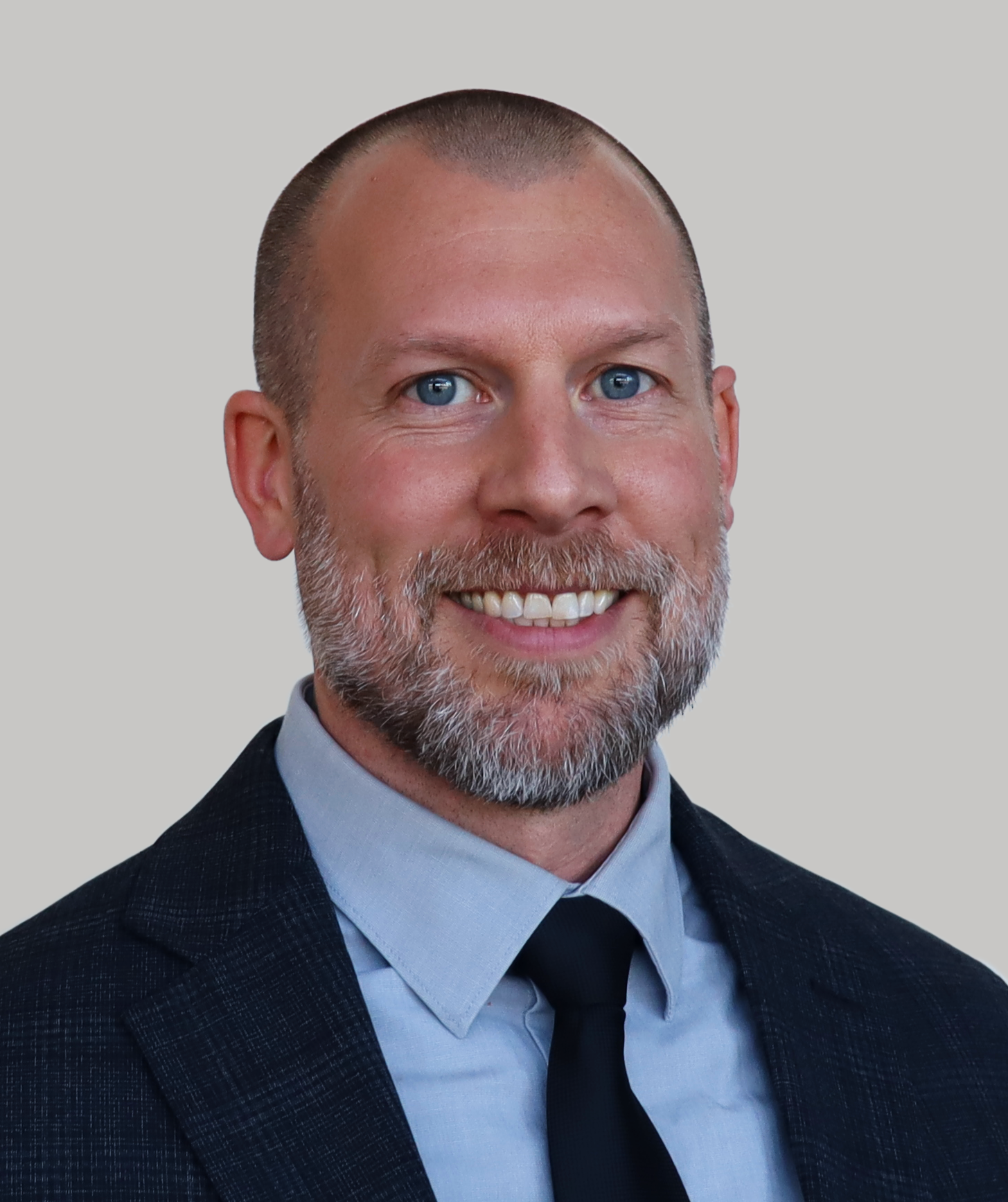District Principal Colin Reid is Making a Difference at School
A sign on Colin Reid’s office door at the Surrey School District sums up his approach to students and colleagues.
It reads: Hello. Much like many of the students we support, there are things about me that make me unique. One of those things is that I have ADHD. If you notice that my office door is often closed, please know it is not because I don’t want to connect with you. It is because I have trouble sustaining focus when my door is open. Despite having my door closed, I enjoy talking to EVERYONE. Please feel free to stop by ANY TIME (even if the door is closed) to say hi or discuss whatever is on your mind.
Accessibility and disability inclusion are drivers in everything Colin is involved in: District Principal and Student Support lead at Surrey Schools; President of BC CAISE, a professional association of school administrators; and Chair of the Rick Hansen Foundation School Program Advisory Committee.
He was also part of creating the first-ever Surrey Schools Accessibility Plan, from which the district’s Accessibility Advisory Committee was born, part of the plan to centre the voices of people with disabilities.
“We want to go beyond consultation and make it a collaboration,” Colin said of the committee structure. It’s comprised of a range of representatives, including students, parents, teachers, support staff, administrators, and community members, with all members either having a disability or being in a role where they support children or adults with disabilities.
This approach has produced tangible results: a comprehensive accessibility plan, an ongoing review of recruitment and hiring practices, and a series of animated educational videos designed to deepen understanding of key terms such as accessibility, barriers, inclusion, and disability.
The Success of Surrey’s Animated Video Series
The Surrey Schools accessibility working group and advisory committee contributed to the four videos, providing input on the script and feedback on the storyboard and final versions to ensure the narratives were authentic and representative.
“These videos are absolutely phenomenal,” Colin said. “I’m so proud of this work. The ideas kept coming in and getting better and better during the creation process. And they’re successful because we had different people with different lived experiences leading the work. They address attitudinal, physical, and sensory barriers; I’m keen to bring these understandings not to just our students and staff but to be shared with the entire province.”
The third video in the four-part series follows up on the definition of a barrier, building a greater understanding of how removing barriers can create more accessible schools and communities.
“We wanted that message to come across loud and clear, but we also wanted to make sure we communicated that greater accessibility is better for everyone – whether you have a disability or not,” Colin said.

Leading with Experience
Colin’s leadership is shaped by his own experiences with ADHD, a fact he shares openly to encourage inclusivity and understanding. ADHD, which stands for attention deficit hyperactivity disorder, is one of the most common neurodevelopmental disorders in Canada, affecting four to 6 percent of adults and five to seven percent of children.
“I’ve learned that sharing my story is powerful,” he says. “I’ve had other people come up to me and say, ‘I have anxiety, and I’ve never talked about it at work. But now I feel okay talking about it.’”
That cultural shift toward openness and a deeper understanding of disability is a victory in itself.
Colin acknowledged that the needs of students with disabilities are complex and evolving. As part of his work with the Rick Hansen Foundation School Program Advisory Committee, he helps guide the program’s development to ensure it remains relevant and practical. The RHF School Program provides professional development and self-directed online training as well as Ambassador presentations and free resources to educators across Canada, empowering students to learn more about accessibility, understand disability inclusion, and become agents for change.
“One in four Canadians over 15 years old have a disability. What you see in our adult population, can be expected to be replicated in our student population. People with disabilities, as a group, is one of the few groups that, if you live long enough, you will become a member. When we’re talking about accessibility, I think moral and ethical considerations are paramount. But, even beyond that, all of this work will impact everybody at some point in time.”
With over 81,000 students, Surrey School District is the largest in the province in B.C. and continues to experience rapid growth. This expansion brings both opportunities and challenges to ensure every student has access to a quality and inclusive education.
In May 2024, the Surrey Board of Education approved a five-year capital plan, requesting $5.03 billion from the Ministry of Education and Child Care to address ongoing enrolment growth and infrastructure needs.
The Future of Inclusion
Colin hopes the Surrey Schools’ ongoing initiatives will lay the foundation for lasting progress. His vision is one in which students with disabilities see themselves reflected in leadership roles, in decision-making bodies, and in the very structure of the school system.
“I always introduce myself as an adult with ADHD because I want students to see that potential in themselves,” he says. “It’s not just possible—it can be a goal.”
For Colin, inclusion is a way of thinking and leading. By prioritizing collaboration with individuals with disabilities, ensuring accessibility remains a focus in hiring practices and fostering a broader understanding of disability within the school community, he is steering Surrey Schools towards a future where accessibility and inclusivity are fundamental, not optional.
“I like to think about the ripple effects,” Colin said. “What we do here, how we build understanding—it matters. It will matter for students now, and for all the students who come after them.”
Photographer Credit: Jacob Zinn, Surrey Schools






